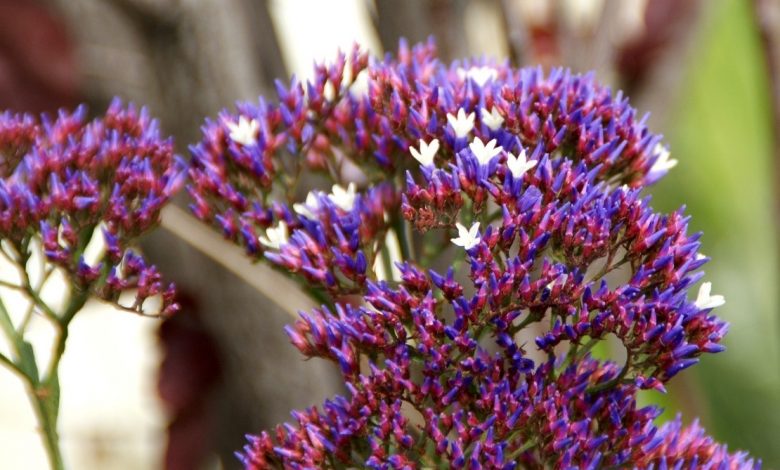National Flower of Qatar – Qataf

Have you ever considered what makes a country unique? What else might it be, besides its inhabitants, who are a part of it? The national emblems of Qatar, a country wealthy in resources, preserve its history and culture. The country’s identity and ideals are defined through its symbols, and among them, the national flower in Qatar holds a special place. People frequently need help to grasp their significance while reading about them in books or on the internet. Therefore, to simplify things, why not travel to a wealthy nation and learn for yourself?
National Flower of Qatar
The official national flower of Qatar is the Qataf. It also goes by the names Lemonium and Sea Lavender. With its vibrant pink and white petals, the Qatar national flower, Qataf, symbolizes resilience in Qatar’s harsh, arid environment. This exquisite flower beautifies the landscape and serves as a testament to the country’s enduring spirit. As Qatar continues to prosper, the Qataf remains a poignant emblem, reflecting the nation’s strength and determination to thrive amidst challenging conditions. The Qataf Flower, also known as the Limonium Flower, blooms in Qatar from March through May.
Meaning and Symbolism
The national flower of Qatar represents happiness, grace, compassion, and memory. When you present Limonium flowers to someone you care about, the deep meaning of the flower is “I miss you.” During the spring and summer, Limonium blooms. They are available in a staggering array of hues, including blue, lilac, yellow, white, pink, and purple.
Type and description
Some sea-lavenders, mostly from the Canary Islands, are woody shrubs that may reach heights of 2 meters, while most sea-lavenders are herbaceous perennial plants that grow 10-70 cm tall from a rhizome. Simple, whole to lobed, 1–30 cm long, and 0.5–10 cm wide are the characteristics of the leaves. Sea lavender is simple to cultivate and thrives in full sun, medium soil moisture levels, and well-drained soils. It is tolerant of drought once established.
The Qataf or Limonium genus has over 150 species of annuals, biennials, perennials, and subshrubs that are planted for their summer and fall sprays of papery blooms. The genus is subcosmopolitanly distributed in North America, Europe, Asia, Africa, and Australia. They require sandy or stony soil because they are indigenous to beaches, salt marshes, and deserts all across the world. Depending on the size of the species, grow in a border, cutting garden, seaside garden, or rock garden.
Benefits of Qataf flower
To treat diarrhea, chronic gonorrhea, gleet, leucorrhoea, chronic dysentery, atonic dyspepsia, pulmonary hemorrhage, chronic laryngitis, and bronchorrhea, the plant has been utilized in herbal treatments. One of the greatest dried and everlasting flowers is Limonium. Whether they are fresh or dried, they endure a long time in the vase and keep a lot of their color. Both as fresh-cut flowers and in dried flower arrangements, the plant has significant value.
Purple Island
Beautiful Qatar flowers can easily be seen blooming at Purple Island. Contrary to what you may be thinking, Purple Island did not get its name from the sea lavender. The name of the island stems from the second millennium BC when it served as the center of the Kassite-controlled purple dye industry. Purple Island has always been connected to royalty, therefore this was a booming industry at the time. At present, the island can be explored by kayak or on foot, and camping is permitted on the property, providing a basic experience. Visit Hyak Qatar to Know more!






